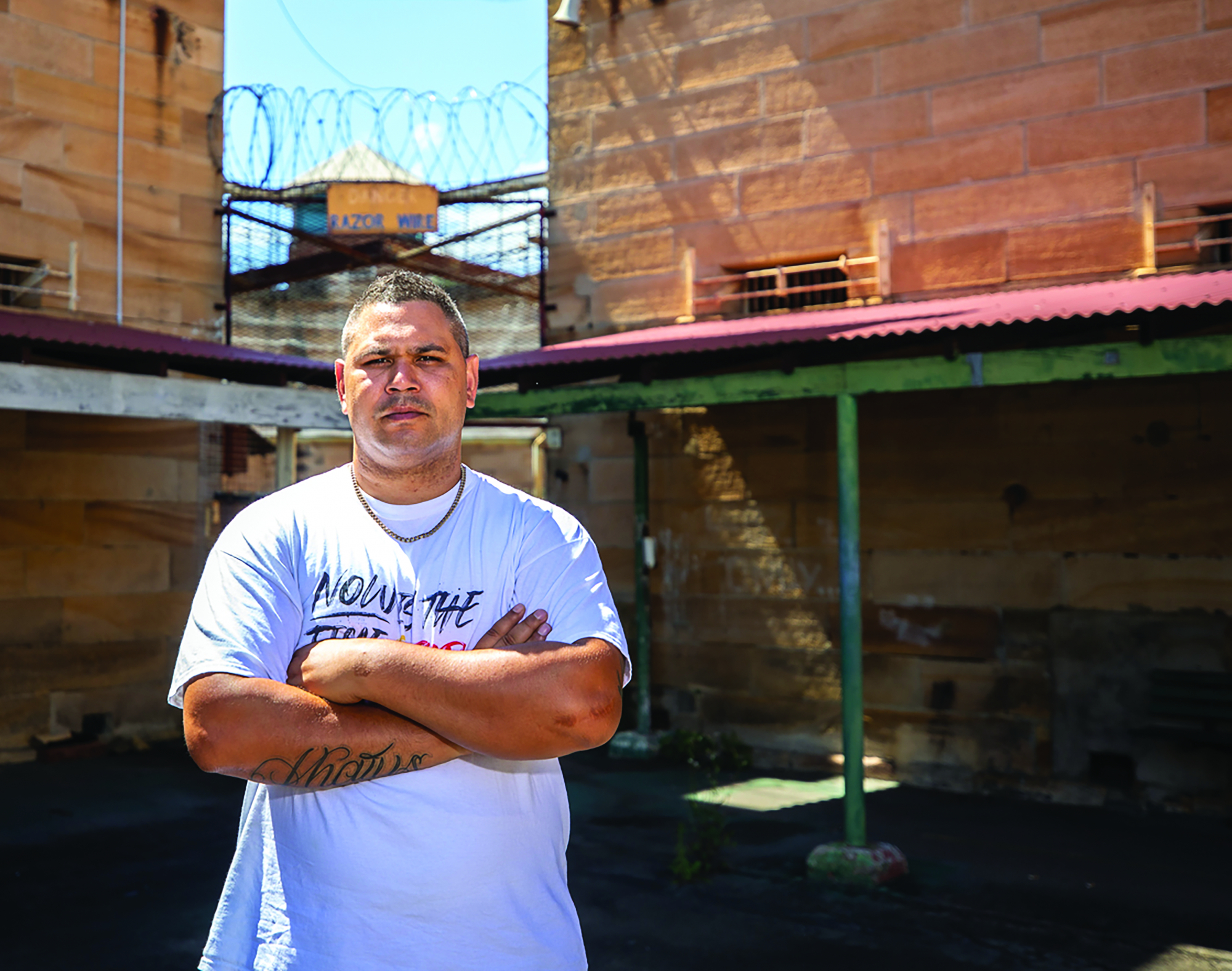Although only 3.3 per cent of Australians are Indigenous, Aboriginal and Torres Strait Islander men comprise 29 per cent of male prisoners in the country; women, 34 per cent of female prisoners; and youth, 55 per cent of young prisoners.[1]See ‘Explainer: What Does “Incarceration Nation” Mean?’, NITV News, updated 6 September 2021, <https://www.sbs.com.au/nitv/article/2021/08/10/explainer-what-does-incarceration-nation-mean>, accessed 16 February 2022. Between 1991 and 2021, 500 Indigenous people died in custody.[2]See Lorena Allam, ‘“Beyond Heartbreaking”: 500 Indigenous Deaths in Custody Since 1991 Royal Commission’, The Guardian, 6 December 2021, <https://www.theguardian.com/australia-news/2021/dec/06/beyond-heartbreaking-500-Indigenous-deaths-in-custody-since-1991-royal-commission>, accessed 16 February 2022. At the time of writing, not one of these deaths has resulted in a criminal conviction.[3]See Alison Whittaker, ‘Despite 432 Indigenous Deaths in Custody Since 1991, No One Has Ever Been Convicted. Racist Silence and Complicity Are to Blame’, The Conversation, 3 June 2020, <https://theconversation.com/despite-432-Indigenous-deaths-in-custody-since-1991-no-one-has-ever-been-convicted-racist-silence-and-complicity-are-to-blame-139873>, accessed 16 February 2022.
These are just some of the facts that inspired Incarceration Nation (2021). This documentary, directed by Dean Gibson, demonstrates that these facts are not an isolated, inexplicable problem, but the logical product of Australia’s justice system – and its history. ‘The incarceration of Australia’s Indigenous people is one of the biggest stories of the past twenty years,’ Gibson says.
The justice system is the touchpoint between Indigenous people and the law. It doesn’t just involve prisons, but also legislation and historical events. It isn’t just about the individual prisoners, but about the systems – the archaic systems – which surround them. It’s about intergenerational trauma, too. Every factor is a piece in the puzzle which gets us to today, in terms of incarceration rates. The film unpeels like an onion – one thing leads to another. I think it hits heavy, but I hope it also rings with clarity about why we are where we are.
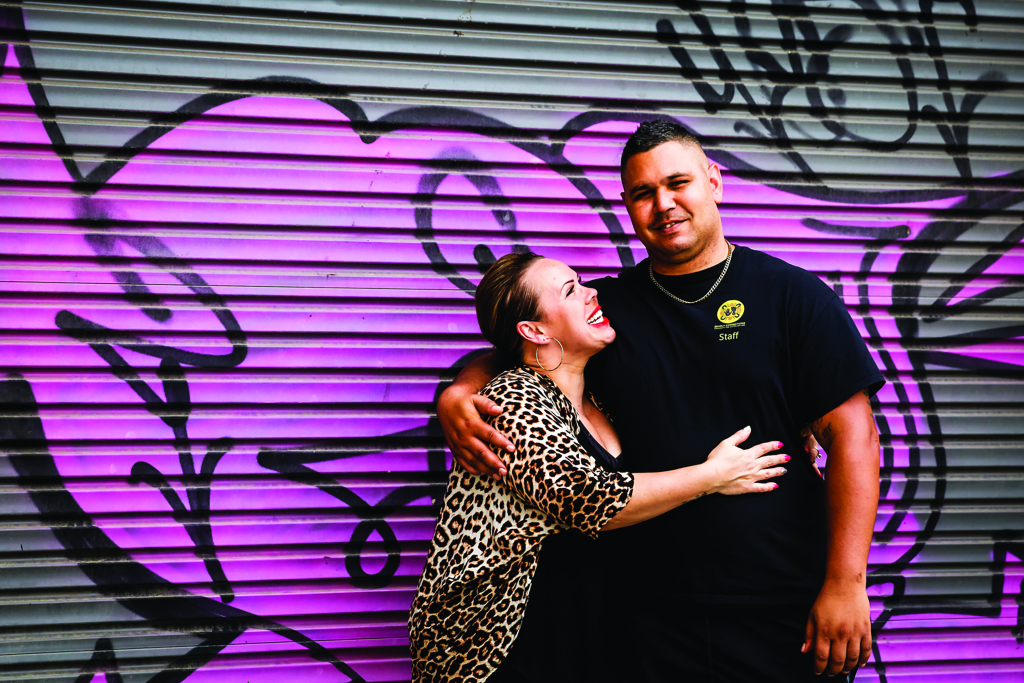
To reflect the ‘puzzle’-like nature of the material, Gibson invites a myriad of characters to speak, and draws on an array of sources and cinematic techniques. Intimate interviews with former prisoners, relatives, leaders, lawyers, politicians and journalists are interwoven with archival footage, stills, headlines, reports, data visualisations and soundscapes. ‘Some seen, some unseen, some known, some unknown – all these things have controlled our destiny,’ Gibson explains.
It took at least eight or ten attempts to work out the best way to tell the story and to get the treatment right. We had so many questions to consider and so many pathways we could go down. What was the genre? What was the format? Who was the audience? We spent three or four years digging deep. I’d like to think that most people could come in at first frame and follow the film – wherever they are in the world, and even if they know nothing about Indigenous deaths in custody.
This approach worked for Gibson’s earlier documentary Wik vs Queensland (2018), which recounts the successful fight in the High Court of Australia by the Wik peoples of Cape York Peninsula to gain native title over their land.[4]For more on this case, see Georgia Durmush, ‘Explainer: Wik Vs. Queensland’, NITV website, 8 July 2018, <https://www.sbs.com.au/nitv/explainer/explainer-wik-vs-queensland>, accessed 16 February 2022. ‘We took a complex legal case and turned it into a story with a narrative and characters that was engaging, entertaining, had heart and that everyone could understand,’ recalls Gibson.
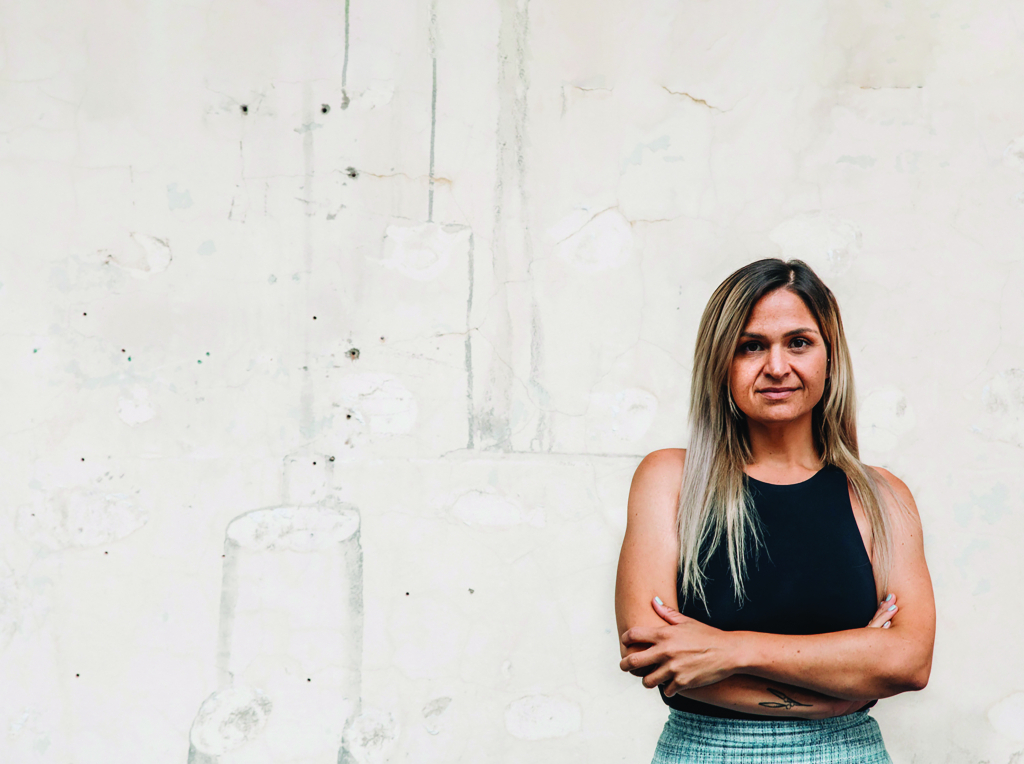
Similarly, much of Incarceration Nation’s heart lies in Gibson’s intimate interviews. The opening scene is a close-up of Leetona Dungay, whose son David died at the age of 26 in Sydney’s Long Bay Correctional Complex on 29 December 2015.[5]See Carly Earl, ‘David Dungay Jr Dies in Custody, and His Family Are Changed Forever – Photo Essay’, The Guardian, 13 July 2018, <https://www.theguardian.com/australia-news/2018/jul/13/david-dungay-jr-dies-in-custody-and-his-family-are-changed-forever-photo-essay>, accessed 16 February 2022. An anonymous hand gives her a smartphone, and, as she watches, the camera cuts between what she sees – a video of four police officers forcibly dragging her son from one cell to another, before holding him down on a bed while he yells repeatedly, ‘I can’t breathe’ – and her reactions: turning her head, unable to watch; closing her eyes; wiping back tears as she recalls the day he died.
‘The justice system is the touchpoint between Indigenous people and the law. It doesn’t just involve prisons, but also legislation and historical events. It isn’t just about the individual prisoners, but about the systems – the archaic systems – which surround them.’
– Dean Gibson
The viewer also hears from many other First Nations people who have experienced the effects of the Australian justice system – both directly, as prisoners, and indirectly, as family members. They include Apryl Day, whose mother, Tanya, died of a head injury in a cell in Castlemaine Police Station while detained for being drunk on a train,[6]See Calla Wahlquist, ‘Tanya Day Inquest: Coroner Refers Death in Custody of Aboriginal Woman for Possible Prosecution’, The Guardian, 9 April 2020, <https://www.theguardian.com/australia-news/2020/apr/09/tanya-day-inquest-coroner-refers-death-custody-aboriginal-woman-public-prosecutor>, accessed 16 February 2022. and Dylan Voller, whose brutal treatment while imprisoned at Don Dale Youth Detention Centre was exposed by the ABC’s Four Corners program.[7]See ‘Backstory: How Four Corners Exposed Mistreatment Within the NT Juvenile Justice System’, ABC News, 7 July 2017, <https://www.abc.net.au/news/redirects/backstory/investigative-journalism/2017-07-07/nt-juvenile-justice-system-issues-exposed-in-four-corners-probe/8687420>, accessed 16 February 2022. These widely reported stories appear alongside those that are lesser known.
‘The sad reality is that we only touched the surface of these stories. There were so many more we could have told,’ says Gibson.
I mainly wanted to touch on the people affected – the people who’ve lost fathers, mothers, sons, daughters, uncles, nieces. At the same time, we had to be so careful about how we told their stories. We had to be considerate and respectful, and make sure that they were okay to share. Every family said, ‘Use whatever you need to take this lesson to the world. We don’t want this to keep happening to our people. We’re sick and tired of burying our people young.’ They were incredibly courageous in their preparedness to revisit their trauma – six months, ten years, twenty years on – for the sake of something bigger. They would have had every right to say, ‘Fuck the world; fuck everyone; I don’t want to talk. The footage is all over YouTube already, and no-one ever checks if we’re all right with that; no-one ever asks us about our wellbeing.’
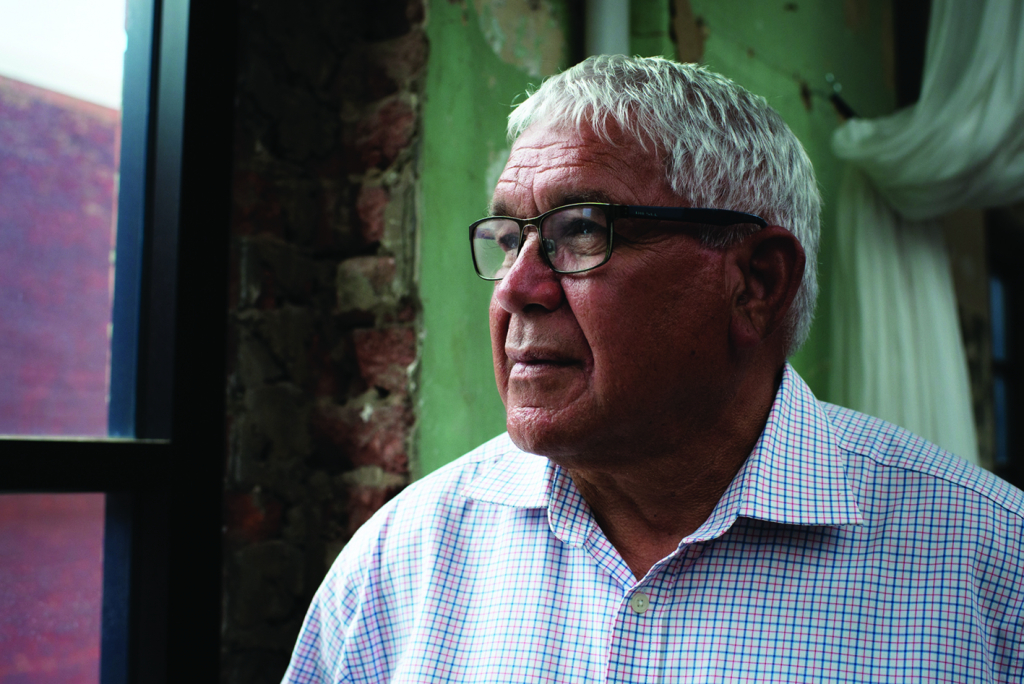
Every interview takes place in an old warehouse stripped of furniture, ensuring that attention is on the interviewee. Furthermore, this setting, with its walls full of peeling paint, reminds the viewer of the ‘loneliness and sparseness of a prison cell’, Gibson points out.
Ideally, we would have loved an old prison, but we saw the warehouse and decided it was right. The industrialised walls give the sense of incarceration, and the idea that things have been – and continue to be – built around Aboriginal people.
This setting reflects the ultimate purpose of the film. Incarceration Nation is not just a platform for the collation and telling of these stories; nor does the film satisfy itself with rallying against their injustice and tragedy. It also identifies, analyses and critiques the historical events, laws and structures that enabled – and continue to enable – them. As Gibson puts it, ‘The European invasion played out in land grabs, mines and pastoralists. It put our people in a state which meant they didn’t know who they were.’
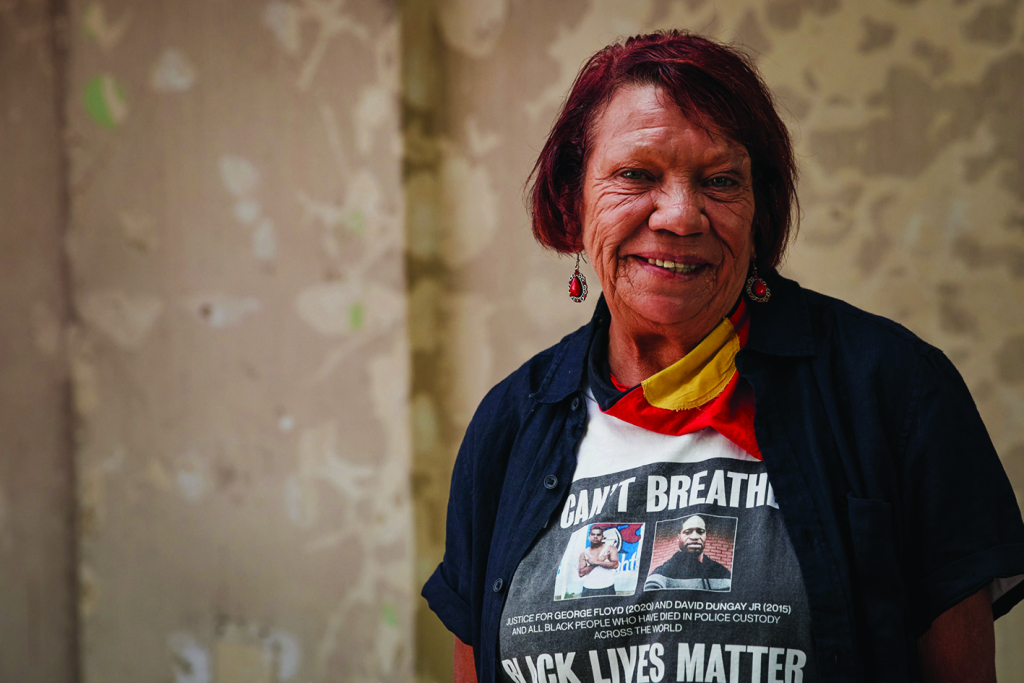
In the documentary, barrister Joshua Creamer describes the development of Queensland’s laws governing Aboriginal and Torres Strait Islander people since the mid nineteenth century. At some points, state governments legalised both incarceration on reserves and slavery; at others, they denied basic human rights, including the protection of the rule of law. These laws range from the Industrial and Reformatory Schools Act 1865 – which stated that ‘any child born of an aboriginal or half-caste mother’ was deemed ‘neglected’ and could be removed by a police officer without a warrant for up to seven years[8]Industrial and Reformatory Schools Act 1865, pp. 2213–4, available at <https://aiatsis.gov.au/sites/default/files/docs/digitised_collections/remove/54688.pdf>, accessed 16 February 2022. – to the Aboriginals Protection and Restriction of the Sale of Opium Act 1897, under which 22,000 First Nations people were forced onto missions and settlements.[9]See Anti-Discrimination Commission Queensland, Aboriginal People in Queensland: A Brief Human Rights History, 2017, pp. 12–5, <https://www.qhrc.qld.gov.au/__data/assets/pdf_file/0013/10606/Aboriginal-timeline-FINAL-updated-25-July-2018.pdf>, accessed 16 February 2022. Elsewhere, former Australian Human Rights Commission Aboriginal and Torres Strait Islander Social Justice commissioner Mick Gooda explains that ‘[the Act] wasn’t about protecting Aborigines; it was about protecting a workforce’, and that it ‘incarcerated’ Indigenous people by controlling ‘every facet of their life’. Later, the Aboriginals Preservation and Protection Act 1939 – among other things – enabled forced resettlement, compelled residents of reserves to work for no or low wages, and allowed the government to seize property, censor mail, forbid marriages and remove children without evidence of neglect.[10]See Charlie Lewis, ‘“Apartheid Is a Very Close Parallel”: Life Under the Protection Act in Queensland’, Crikey, 18 December 2017, <https://www.crikey.com.au/2017/12/18/life-under-the-the-aboriginals-preservation-and-protection-act/>, accessed 16 February 2022.
Importantly, these laws – and their consequences – are not merely historical artefacts. First, they have led to multigenerational poverty, lack of access to education, and geographical and cultural displacement – issues that continue to affect First Nations people today. Second, discriminatory laws continue to exist, such as the policies regarding remote Indigenous communities enacted as part of the 2007 Northern Territory intervention,[11]See Diana Perche, ‘Ten Years On, It’s Time We Learned the Lessons from the Failed Northern Territory Intervention’, The Conversation, 26 June 2017, <https://theconversation.com/ten-years-on-its-time-we-learned-the-lessons-from-the-failed-northern-territory-intervention-79198>, accessed 16 February 2022. and child removal remains widespread. As of June 2020, 21,523 Aboriginal and Torres Strait Islander children lived in out-of-home care across Australia – over 6 per cent of the country’s total Indigenous child population.[12]See Nakari Thorpe, ‘Number of Indigenous Children Being Removed from Homes Increasing at “Staggering Rate”, New Report Says’, ABC News, 9 December 2021, <https://www.abc.net.au/news/2021-12-09/family-matters-report-indigenous-children-removed-from-homes/100685932>, accessed 16 February 2022. Incarceration Nation demonstrates the effect of these laws on the individual through various interviews, including one with Federal Circuit Court of Australia judge Matthew Myers, who explains that not only do removed children lose their families, but they also lose their schools and their friends. The viewer also meets Sarah, a young woman who lived in more than twenty foster homes over ten years; following several sexual assaults while in care, she recounts, she moved to the streets, where she committed crimes in order to survive.
‘All the data and research shows that, once you’re in the system, all your friendships, all your identity, all your sense of worth become attached to it – to a system that doesn’t acknowledge you, that wants to break you down, turn you into a number and strip your value away.’
– Dean Gibson
It is not just the laws themselves that are a problem, but also the ways in which – and by whom – they are exercised. Multiple interviewees recount experiencing systemic racism in the police force, including inspector Geoff Regan, an Indigenous officer in the Western Australia Police Force. On one of his first days on the job, the sergeant ordered him not to share the refrigerator used by the other officers but to instead ‘find another fridge, clean it out and put [his] lunch in it’ because ‘“you boongs, you cook differently”’, Regan recalls. ‘They make you feel subhuman. I worked through that. You gotta roll with it – you shouldn’t have to, but you do – because I still wanted to be a policeman.’
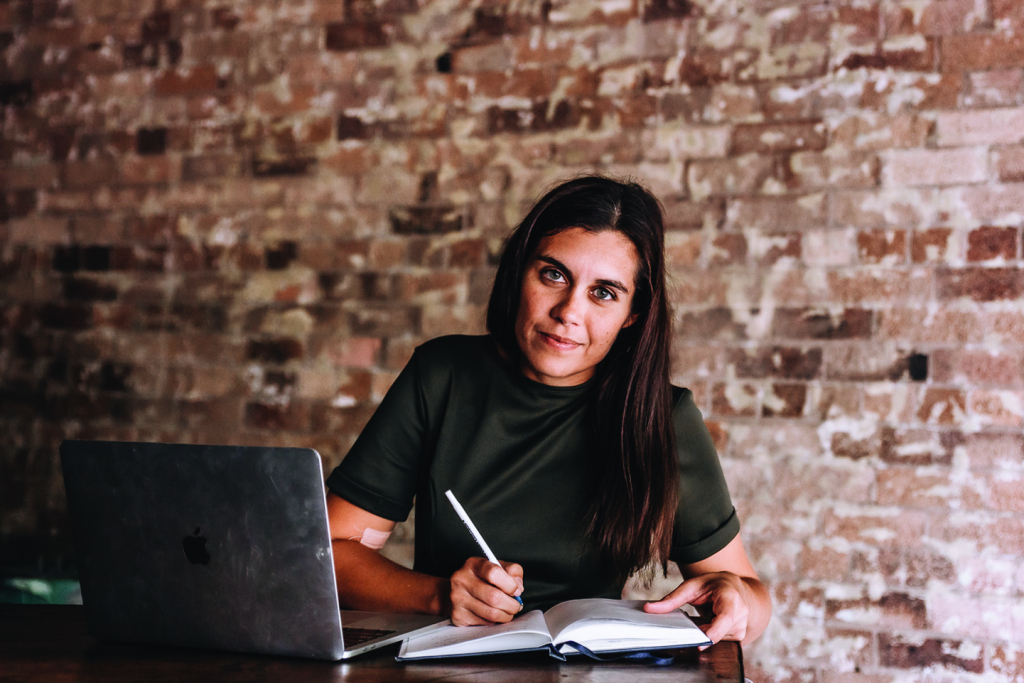
Furthermore, mass incarceration is not working; instead, these laws are creating cycles of recidivism. This is demonstrated by multiple statistics, including the stark fact that, from 1988 to 2021, the number of Indigenous people in custody rose from 1809 to 12,671. Interviewee Keenan Mundine describes how he became a repeat offender following a traumatic and lonely childhood during which both of his parents died. As he takes the viewer on a journey into a cell where he spent two years and recounts being transferred from one prison to another around New South Wales, he explains the dehumanising effect of imprisonment.[13]Having broken the cycle, Mundine has since co-founded non-profit organisation Deadly Connections, for which he now works as an ambassador and dedicates his time to mentoring Indigenous kids. See ‘Meet the Team’, Deadly Connections website, <https://deadlyconnections.org.au/meet-the-team/>, accessed 16 February 2022.
Gibson’s intention, he says, is not to ‘shame’ the audience, but to ‘show the roots’ of the problem. He also wants to demonstrate that the high rates of incarceration of Indigenous people is not a minor issue, ‘a long way from Canberra’.
I wanted to show people that, although this feels like a whole other world, it’s not that hard for anyone’s child to get in trouble with the law. It doesn’t take many steps – and it’s not just happening in remote communities in the Northern Territory; it’s happening everywhere. The police exercise so much discretion at that first point of contact. Things can escalate quickly and, if they do, they can send someone down a path into the system. All the data and research shows that, once you’re in the system, all your friendships, all your identity, all your sense of worth become attached to it – to a system that doesn’t acknowledge you, that wants to break you down, turn you into a number and strip your value away. It’s a dangerous cycle which, in Australia, can start playing out when you’re ten. At that age, you have no understanding of what the law is – and you shouldn’t have to think about it.
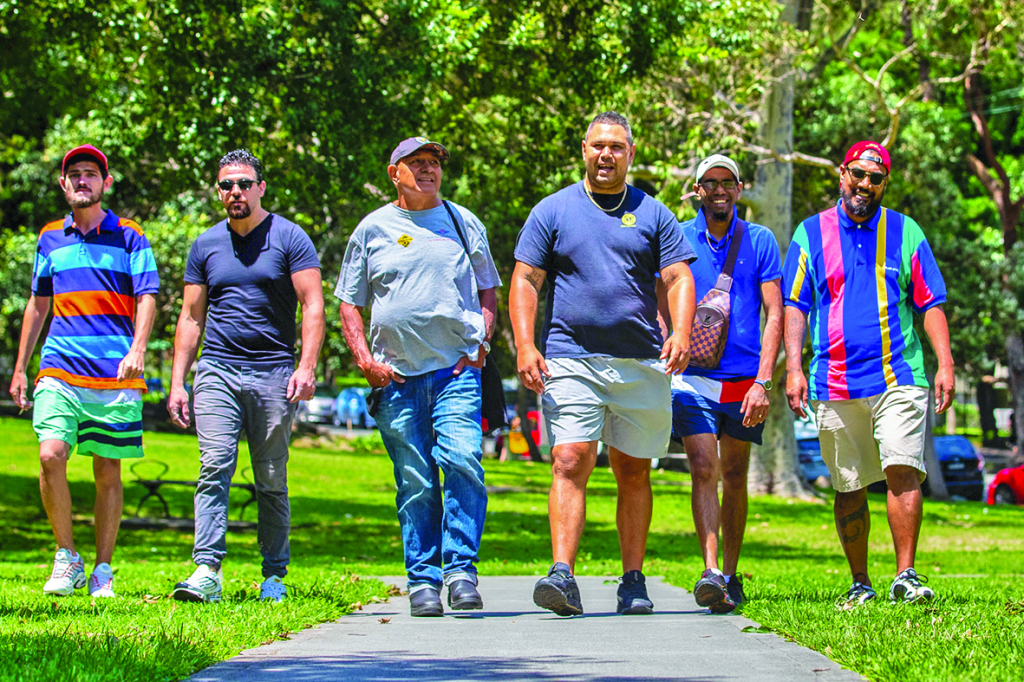
Ultimately, the director hopes that Incarceration Nation will inspire action:
It’s going to take a big effort to reconcile. Symbolic gestures, such as walking over the [Sydney] Harbour Bridge or making an apology, have their place, but so much more needs to be unravelled. Sometimes change can happen in a lifetime, but it might take several generations. I don’t know how long we need.
I hope the film will act as a device to get people talking, to create empathy and awareness, and to catalyse communities, organisations and corporations to begin to look at what a solution might look like. There may be different solutions in different places. There are so many pathways and opportunities. We put forward a few ideas at the end to create a sense that things are happening – but, ultimately, it’s not for the film to decide what should be done, but for the people, communities and organisations who have a vested interest in the space.
https://incarcerationnation.com.au/
Endnotes
| 1 | See ‘Explainer: What Does “Incarceration Nation” Mean?’, NITV News, updated 6 September 2021, <https://www.sbs.com.au/nitv/article/2021/08/10/explainer-what-does-incarceration-nation-mean>, accessed 16 February 2022. |
|---|---|
| 2 | See Lorena Allam, ‘“Beyond Heartbreaking”: 500 Indigenous Deaths in Custody Since 1991 Royal Commission’, The Guardian, 6 December 2021, <https://www.theguardian.com/australia-news/2021/dec/06/beyond-heartbreaking-500-Indigenous-deaths-in-custody-since-1991-royal-commission>, accessed 16 February 2022. |
| 3 | See Alison Whittaker, ‘Despite 432 Indigenous Deaths in Custody Since 1991, No One Has Ever Been Convicted. Racist Silence and Complicity Are to Blame’, The Conversation, 3 June 2020, <https://theconversation.com/despite-432-Indigenous-deaths-in-custody-since-1991-no-one-has-ever-been-convicted-racist-silence-and-complicity-are-to-blame-139873>, accessed 16 February 2022. |
| 4 | For more on this case, see Georgia Durmush, ‘Explainer: Wik Vs. Queensland’, NITV website, 8 July 2018, <https://www.sbs.com.au/nitv/explainer/explainer-wik-vs-queensland>, accessed 16 February 2022. |
| 5 | See Carly Earl, ‘David Dungay Jr Dies in Custody, and His Family Are Changed Forever – Photo Essay’, The Guardian, 13 July 2018, <https://www.theguardian.com/australia-news/2018/jul/13/david-dungay-jr-dies-in-custody-and-his-family-are-changed-forever-photo-essay>, accessed 16 February 2022. |
| 6 | See Calla Wahlquist, ‘Tanya Day Inquest: Coroner Refers Death in Custody of Aboriginal Woman for Possible Prosecution’, The Guardian, 9 April 2020, <https://www.theguardian.com/australia-news/2020/apr/09/tanya-day-inquest-coroner-refers-death-custody-aboriginal-woman-public-prosecutor>, accessed 16 February 2022. |
| 7 | See ‘Backstory: How Four Corners Exposed Mistreatment Within the NT Juvenile Justice System’, ABC News, 7 July 2017, <https://www.abc.net.au/news/redirects/backstory/investigative-journalism/2017-07-07/nt-juvenile-justice-system-issues-exposed-in-four-corners-probe/8687420>, accessed 16 February 2022. |
| 8 | Industrial and Reformatory Schools Act 1865, pp. 2213–4, available at <https://aiatsis.gov.au/sites/default/files/docs/digitised_collections/remove/54688.pdf>, accessed 16 February 2022. |
| 9 | See Anti-Discrimination Commission Queensland, Aboriginal People in Queensland: A Brief Human Rights History, 2017, pp. 12–5, <https://www.qhrc.qld.gov.au/__data/assets/pdf_file/0013/10606/Aboriginal-timeline-FINAL-updated-25-July-2018.pdf>, accessed 16 February 2022. |
| 10 | See Charlie Lewis, ‘“Apartheid Is a Very Close Parallel”: Life Under the Protection Act in Queensland’, Crikey, 18 December 2017, <https://www.crikey.com.au/2017/12/18/life-under-the-the-aboriginals-preservation-and-protection-act/>, accessed 16 February 2022. |
| 11 | See Diana Perche, ‘Ten Years On, It’s Time We Learned the Lessons from the Failed Northern Territory Intervention’, The Conversation, 26 June 2017, <https://theconversation.com/ten-years-on-its-time-we-learned-the-lessons-from-the-failed-northern-territory-intervention-79198>, accessed 16 February 2022. |
| 12 | See Nakari Thorpe, ‘Number of Indigenous Children Being Removed from Homes Increasing at “Staggering Rate”, New Report Says’, ABC News, 9 December 2021, <https://www.abc.net.au/news/2021-12-09/family-matters-report-indigenous-children-removed-from-homes/100685932>, accessed 16 February 2022. |
| 13 | Having broken the cycle, Mundine has since co-founded non-profit organisation Deadly Connections, for which he now works as an ambassador and dedicates his time to mentoring Indigenous kids. See ‘Meet the Team’, Deadly Connections website, <https://deadlyconnections.org.au/meet-the-team/>, accessed 16 February 2022. |
